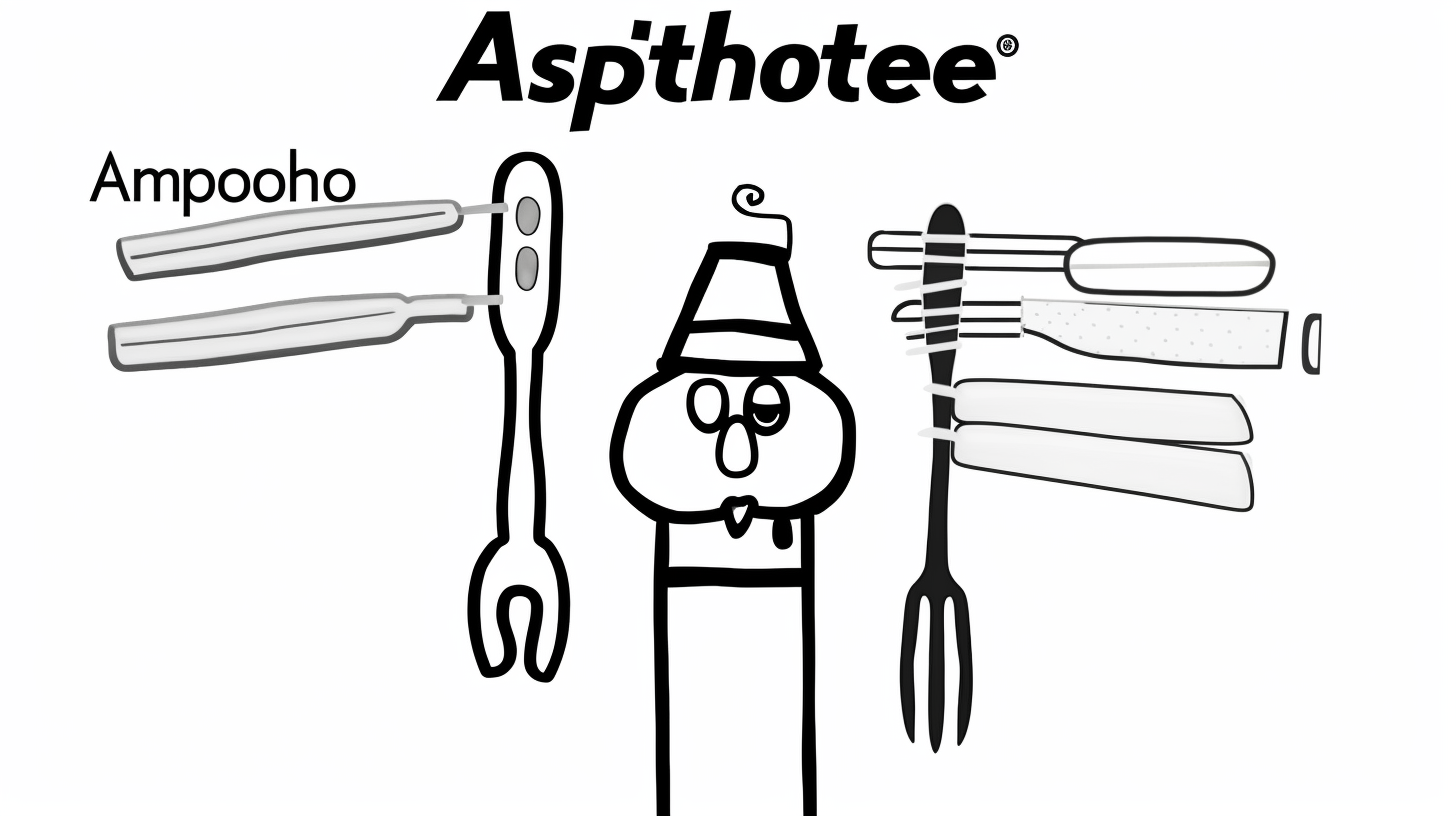Comparing Agent vs. Agentless Orchestration Tools: An In-Depth Look at Chef, Puppet, Ansible, and SaltStack

Highly virtualized and multifaceted IT environments of today truly require indispensable automation tools. With such a saturated market, you may feel like you're hunting for a needle in a haystack when trying to find the right orchestration tool. Trust this article to guide you; we will slice open and compare four industry-leading orchestration tools - Chef, Puppet, Ansible, and SaltStack. We will uncover the strengths, weaknesses, and distinct features of these tools in our investigation, enabling you to make informed comparisons, wise decisions, and ultimately, master these mighty tools. So hold onto your seats! We're about to plunge headfirst into the world of agent vs. agentless orchestration tools!
Embracing the Complexity
The key to orchestration lies in getting a firm grasp on the 'agent' and 'agentless' concepts first and foremost. In simple terms, you must install an 'agent' - a software component - on the servers under your management These agents then commence communication with a central server to get their instructions and perform their tasks. In contrast, 'agentless' tools typically depend on the remote execution of commands, utilizing protocols like SSH or WinRM. So, your orchestrations' complexity and scalability can be drastically affected by the question of agent versus agentless.
Comparison of Orchestration Tools
For a considerable time, Puppet and Chef have maintained their positions as two mainstays in the configuration management and the orchestration market. Both Puppet and Chef operate with an agent-based model and each managed node needs an installed agent to work. On the other side of the spectrum, tools like Ansible and SaltStack, while still compatible with an agent-based model, primarily function using an agentless model.
The Puppet Show
First off, we have Puppet – a behemoth in the configuration management market. Automating the management of configuration files is its primary function. Puppet uses a declarative language, meaning you lay out your infrastructure's end state, and Puppet takes it from there. While this model excels at managing complex, large-scale infrastructures, it brings along a steep learning curve.
Cooking With Chef
Let's next turn our attention to Chef. Unlike Puppet, Chef uses an imperative model – you write recipes (in Ruby) specifying the steps to achieve your infrastructure's desired state. Chef’s strength stems from its flexibility, but this same flexibility can be its Achilles heel, leading to complexity and possible confusion for new users.
Ansible Antics
Next up is Ansible. It shines for its simplicity and ease of use. Ansible, like Puppet, operates through a declarative model, but instead of managing configurations, its star quality is in task automation. The agentless nature of Ansible makes its deployment and use a breeze, but it comes with a trade-off in scalability and robustness compared to agent-based tools.
Pondering SaltStack
Last but not least, SaltStack. It's a powerful and flexible tool, able to function as either an agent-based or agentless tool. Like Chef, SaltStack uses an imperative model which provides greater control. But this complexity can add an extra layer of difficulty for newcomers.
By the Numbers – Statistical Insights
Let's now delve into the nitty-gritty – the irrefutable statistics. As per the 2021 State of Orchestration report from DevOps, Puppet continues to rule with a 36% share of the market, with Chef trailing closely behind at 33%. In the meantime, Ansible and SaltStack are slowly narrowing the gap, as Ansible has secured a 20% market share and SaltStack is holding on to a decent 11%. The intriguing steady climb of Ansible clearly signifies a surge in interest towards agentless orchestration tools.
Different Strokes for Different Folks
When you ultimately make your pick from these orchestration tools, remember that no tool offers a one-size-fits-all solution. While each tool shines in its own area, you should weigh your specific needs, the intricacy of your infrastructure, your team's capabilities, and your personal taste to pick the perfect tool. So, you should aim to find a tool that fits your requirements like a glove, rather than striving to hunt down the 'best' tool. So pick your poison wisely, and happy orchestrating!